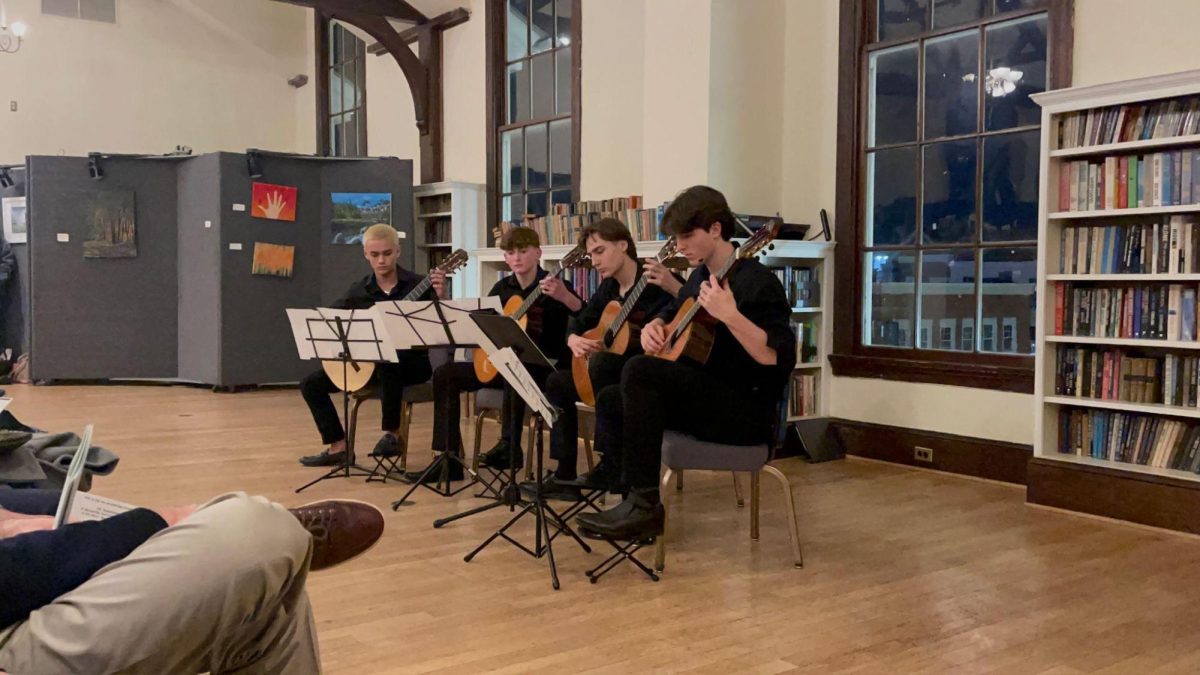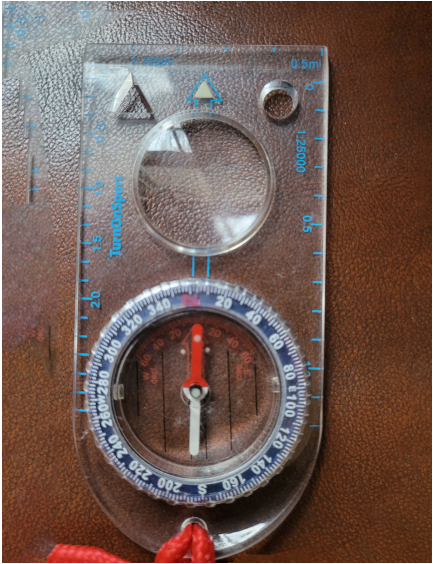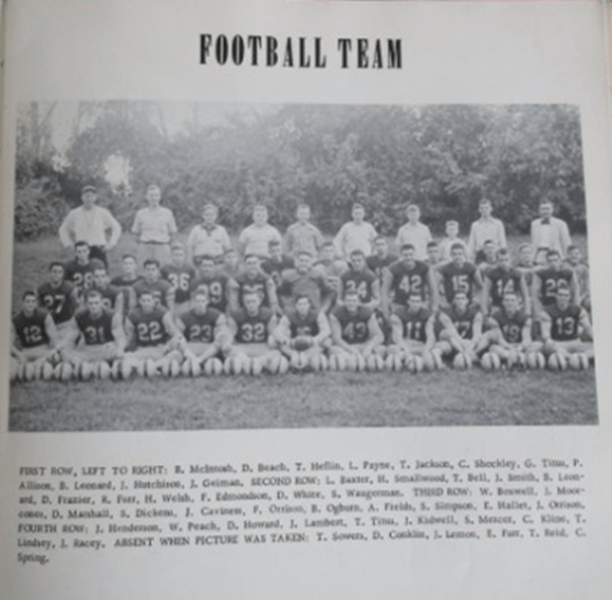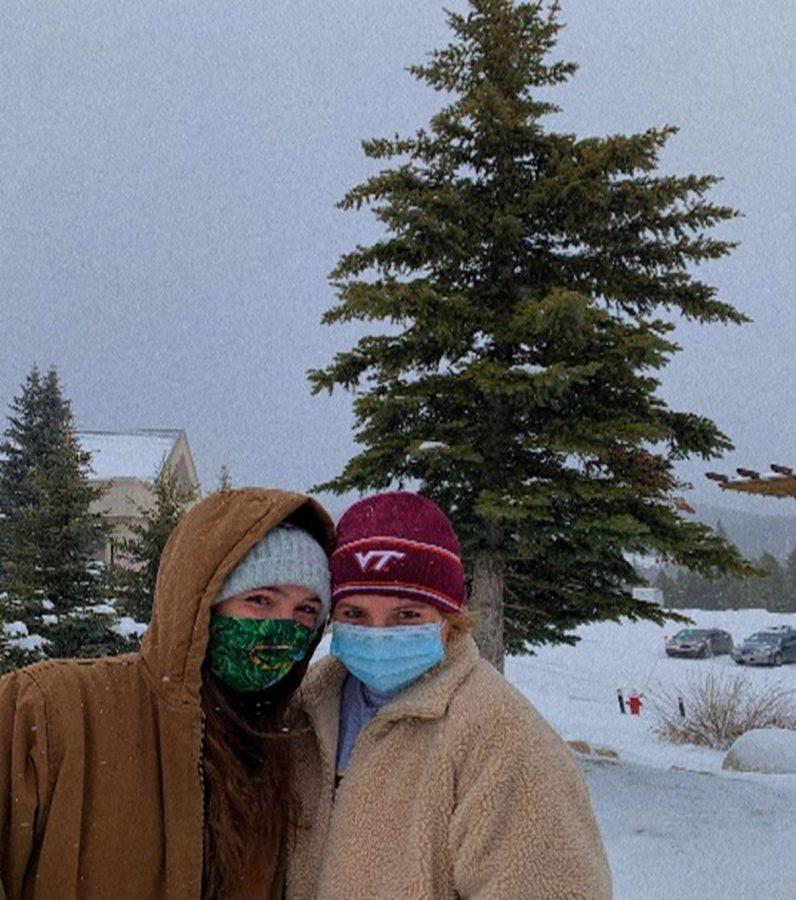
When the World Health Organization declared COVID-19 a global pandemic on March
11 of last year, businesses and organizations of all sorts began shutting down – Loudoun County
Animal Services among them. The shelter staff, well-trained in emergency response, prepared
to house and care for an abundance of animals, only for their predictions to be mistaken.
“We were making big plans for what we would do when people stopped being able to
adopt, or stopped wanting to adopt, and then it was exactly the opposite,” Nina Stively, director
of Loudoun County Animal Services (LCAS), said. “We found that people were willing to adopt
no matter how the process was handled.”
The shelter switched gears, scheduling special appointments, socially distanced meet
and greets, and online adoptions – with marked results. According to Stively, it takes about ten
days for a dog to be adopted from the shelter, in a typical year. That time has been cut in half
this year, down to only five days.
“It makes us wonder how long this can go on for, but right now it’s been a really great
experience,” Stively said.
Online adoptions also give the shelter more time to talk to the adopter and ensure that
they have the resources they need for a successful adoption. During in person adoptions,
people are often so excited about the pet sitting in front of them that they aren’t listening to what
shelter staff are saying, and Stively understands that enthusiasm and excitement. But when the
animal isn’t in the room, it’s easier to make sure the adopter has a good understanding of
different responsibilities and methods of caring for their pet, such as teaching a cat how to use a
litter box, before they take them home.
“It’s been a nice opportunity to get to know our adopters a little bit better and help them
have the resources they need,” Stively said.
Although online adoptions have proved effective and advantageous in several ways,
LCAS is looking forward to hosting in-person adoption events at their new Leesburg facility,
which they hope to move into at the end of May. The present challenge is that their current
location can’t safely accommodate many visitors while following COVID-19 safety measures,
Stively said, so they are aiming to hold a plethora of events at their new location, where they will
have a system in place allowing them to safely host larger events.
“Our goal is when we get to the new facility to have a whole bunch of adoption events,
some really big grand opening activities, to have lots of people out to the new facility and adopt
lots of pets,” Stively said.
In the early months of the pandemic, the shelter anticipated taking in a lot of animals.
They expected to be caring not only for the pets of owners who were unable to care for them
due to economic or home struggles, but also the pets of owners hospitalized for COVID-19.
However, that influx of animals didn’t come. In fact, animal intake has “dropped substantially”
since the pandemic, Stively said.
She explained that since demand for pets in the community is very high at the moment,
pet owners not able to care for their pets anymore are often able to find them a new home
without involving the shelter. Coworkers, neighbors, and other community members provide a
social network that can help connect owners directly to those looking to adopt.
“We are here as a resource for the community, but if someone can feel empowered to
help their pet find a home directly, that’s great,” Stively said. “It was a really pleasant surprise to
know that we didn’t have to provide shelter for animals in that crisis, but we were ready to if we
had to.”
The shelter never completely emptied, but higher adoption rates and lower intakes
meant it got pretty close. “I think at one point we were down to a couple, maybe three dogs and
five cats,” Stively said. Currently, the shelter has around its usual amount of animals for this time
of year, which is about 30 cats and 20 dogs. During the summer – in the midst of kitten season –
the shelter will have hundreds more kittens in foster homes.
Being home alone for longer means more time for pet owners to get their new pets
acclimated, especially for young animals who need training and extra attention. However, adult
animals who are already trained also benefit from that additional time to get accustomed to their
new owners.
“So as much as the demand is high for puppies and kittens, it’s really paid off for the
older pets as well,” Stively said.
Fewer animals in the shelter also impacts the shelter’s volunteer work. “We had a lot of
people wanting to volunteer, but because our animal turnover was so fast, we had much less
animals in the facility than normal, so we have not had the need for volunteers the way we
normally do,” Stively said.
However, volunteers have been able to stay involved in other ways, which helps keep
them – especially senior citizens volunteering – safe. Some of the new ways to help include
stuffing envelopes, creating dog puzzles, and boxing treats and toys at home before bringing
them to the shelter, Stively said.
When the pandemic hit, everything changed very quickly. When businesses open and
restrictions ease, things may not change as drastically or as suddenly, but there will likely be
some challenges adjusting to the “new normal” – for pets and people.
“I think that the biggest challenge is going to be that they aren’t used to being home
alone.” Stively said. LCAS is providing an online class to help pet owners get their pet used to
being home alone. Different pets will react differently to being left alone – some might become
destructive and chew up your furniture, while others might simply find a sunny spot to take a
nap.
Stively recommends giving your pet a way to occupy themselves so they aren’t just
worried about when you’ll be home. She also recommends starting small, like with a short trip to
the grocery store, and building up to longer periods of time away. Mind games or toys such as
puzzles and Kongs are a great way to keep your pet busy, and dog walkers can provide some
midday exercise and playtime when you aren’t there to do it yourself.
“You want to really take all the measures you can to make sure that pet is set up for
success,” Stively said. “Our biggest concern is definitely making sure people have the tools to
help those animals cope when they are not home as much.”
Some of the pet owners that adopted over the pandemic share that concern, while
others don’t anticipate many changes in their pets’ life.
“I don’t think the end of the pandemic will cause much change in our routine,” junior
Ashley Lawlor said. Lawlor adopted Monty, a ball python, in September. “My life is now a lot
more oriented around Monty because a snake is a big responsibility,” she said. Lawlor spends a
lot of her free time with Monty, hanging out outside in warm weather or watching movies. She
had expected a snake to tend to be more isolated, so was surprised how much Monty enjoyed spending time with her.
Freshman Chloe Starr doesn’t expect much change with her new snake, Chip, either.
Although, Chip is only a hatchling, so she isn’t fully comfortable with handling yet.
“So far, I’ve been only handling her when she isn’t hiding, but now I will probably have to
dig her out much more often,” Starr said.
Charlotte Edmonds’ new puppy, a Yorkie mix named Milo, will have a big adjustment to
make after the pandemic. Her first dog has become more dependent on and attached to her family during quarantine, so he’ll have to get accustomed to being left alone again. For Milo, “that’s all he knows, he’s never been with us before the pandemic,” Edmonds said.
Not all adoptions in the past year were influenced by the pandemic, however. For senior
Fiona Flaherty, “it was a coincidence that a puppy became available right before the start of the
pandemic.” Flaherty’s family had started looking for another dog because their other dog, a
labradoodle, was very old. Their new puppy, another labradoodle named Beau, has a hyper and
contrasting personality compared to their older dog, who passed away a few months after Beau
was adopted.
“It’s interesting to get to know him and kind’ve surprising they ended up so different,”
Flaherty said.
Freshman Olivia English-Saunders said that her family’s decision to adopt another dog
was definitely influenced by the pandemic, but that she “would also like to believe that we
would’ve eventually gotten another dog, pandemic or not.” They adopted their new puppy, Cora,
nearly a year into the pandemic. English-Saunders doesn’t expect a huge change when the
pandemic is over, apart from her leaving for school. Even then, her mother and grandmother will
be home to stay with Cora.
“Hopefully, Cora will be a bit more grown by the time we get out of the pandemic so there
isn’t too much of a shake-up,” she said.
Amy Wilfong, Spectrum teacher at JL Simpson Middle School, added a third dog to her
“menagerie” – which already includes two dogs, two cats, chickens, and, hopefully soon, goats.
Sloan, a nine month old hound, was adopted into the family after being fostered with them for a
little over a month.
“We adopted him because when he came to our house he just belonged there,” Wilfong
said. “We already had him in our home, and we just felt like he should stay there.”
Wilfong had been looking to foster before the pandemic. The woman who had fostered
their second dog before they adopted her had started a rescue organization, and Wilfong was
keeping up with their foster opportunities.
“It wasn’t a spur of the moment thing,” she said of the decision to foster in the beginning
of the pandemic. “I had wanted to foster for a while, and was planning to in the summer anyway.
And then the summer came early.”
Sloan and the other dogs will not have many changes to get used to after the pandemic,
aside from being home alone, but Wilfong doesn’t have many concerns about that. She’s been
back at work in-person for some time, and there’s been a steady routine with her kids putting the
dogs in their crates in the morning and her letting them out when she gets home, she said.
With the development and distribution of multiple COVID-19 vaccines, there is increased
hope that the pandemic is only temporary, but for pet owners, the decision to adopt is a lasting one.
“There’s a saying out there that pets are only with you for part of your life, but you are
with them for their whole lives,” Stively said.























